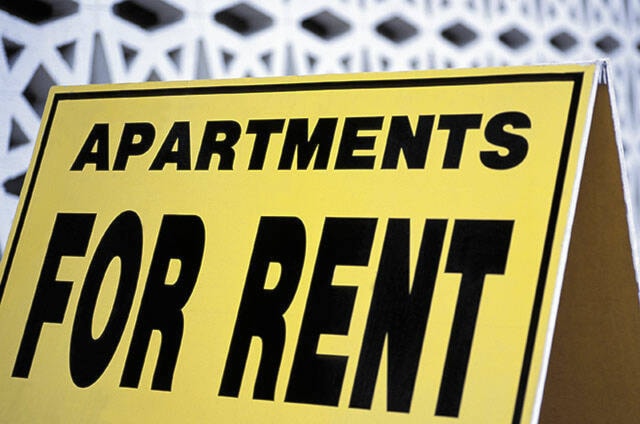With rental rates still high in Kelowna, providing purpose-built and affordable rental units remains a priority for the city.
It is a metric that Director of Planning and Development Services Ryan Smith believes the NDP government will be keeping a close eye on with all municipalities.
Smith added planning and tracking by staff will let council and the public know that the city is meeting the types of housing needed.
ÎÚÑ»´«Ã½As part of our housing needs assessment we know about how many units we need to approve in a normal year to keep up with regular growth,ÎÚÑ»´«Ã½ said Smith.
That includes how many new builds should be rentals, and of those, how many should be at market and non-market rates, and how many should be shelter spaces.
Smith said high levels of apartment units are being constructed now, and while though those numbers are above the five-year average, the expectation is that they will come down next year.
Coun. Luke Stack asked if staff could make public the number of approved units that are not in a downtown high-rise.
ÎÚÑ»´«Ã½There seems to be a misperception that the only thing council approves are high-rises,ÎÚÑ»´«Ã½ said Stack. ÎÚÑ»´«Ã½If you look at our regular agendas these last few weeks, weÎÚÑ»´«Ã½re approving tons of duplexes and small apartment blocks and townhouse complexes, but that never makes front page news.ÎÚÑ»´«Ã½
READ MORE: Supportive housing and affordable rentals planned for KelownaÎÚÑ»´«Ã½s Rutland neighbourhood
Council also asked about improving KelownaÎÚÑ»´«Ã½s vacancy rate, which is currently at 0.6 percent.
ÎÚÑ»´«Ã½ItÎÚÑ»´«Ã½s been extremely challenging over the last few years,ÎÚÑ»´«Ã½ said Smith. ÎÚÑ»´«Ã½WeÎÚÑ»´«Ã½ve been approving unprecedented numbers of rental housing in the last five years, more than probably the previous 30 years. We would say weÎÚÑ»´«Ã½ve been successful if we can get that number over three per cent.ÎÚÑ»´«Ã½
A three per cent vacancy rate is considered healthy by many apartment listing and rental websites, offering a balance between tenants and landlords.
Smith added that, other than during the first quarter of COVID, Kelowna continues to see overwhelming growth in multi-family developments.
ÎÚÑ»´«Ã½The majority, especially in the last quarter - 78 per cent - is in the core area of Kelowna. ThatÎÚÑ»´«Ã½s exactly what weÎÚÑ»´«Ã½re looking for when weÎÚÑ»´«Ã½re talking about putting housing in the right place.ÎÚÑ»´«Ã½
The first density bonus payments, for certain buildings in the cityÎÚÑ»´«Ã½s core areas, are coming early in 2023, according to Smith.
Staff will provide Official Community Plan reporting and a housing workshop for council in January, as well as consider development application fee increases to keep pace with inflation, and a short-term rental review.
READ MORE: Bank of Canada hikes key rate by half percentage point, signals possible pause
gary.barnes@kelownacapnews.com
Like us on and follow us on and subscribe to our daily and subscribe to our daily newsletter.



